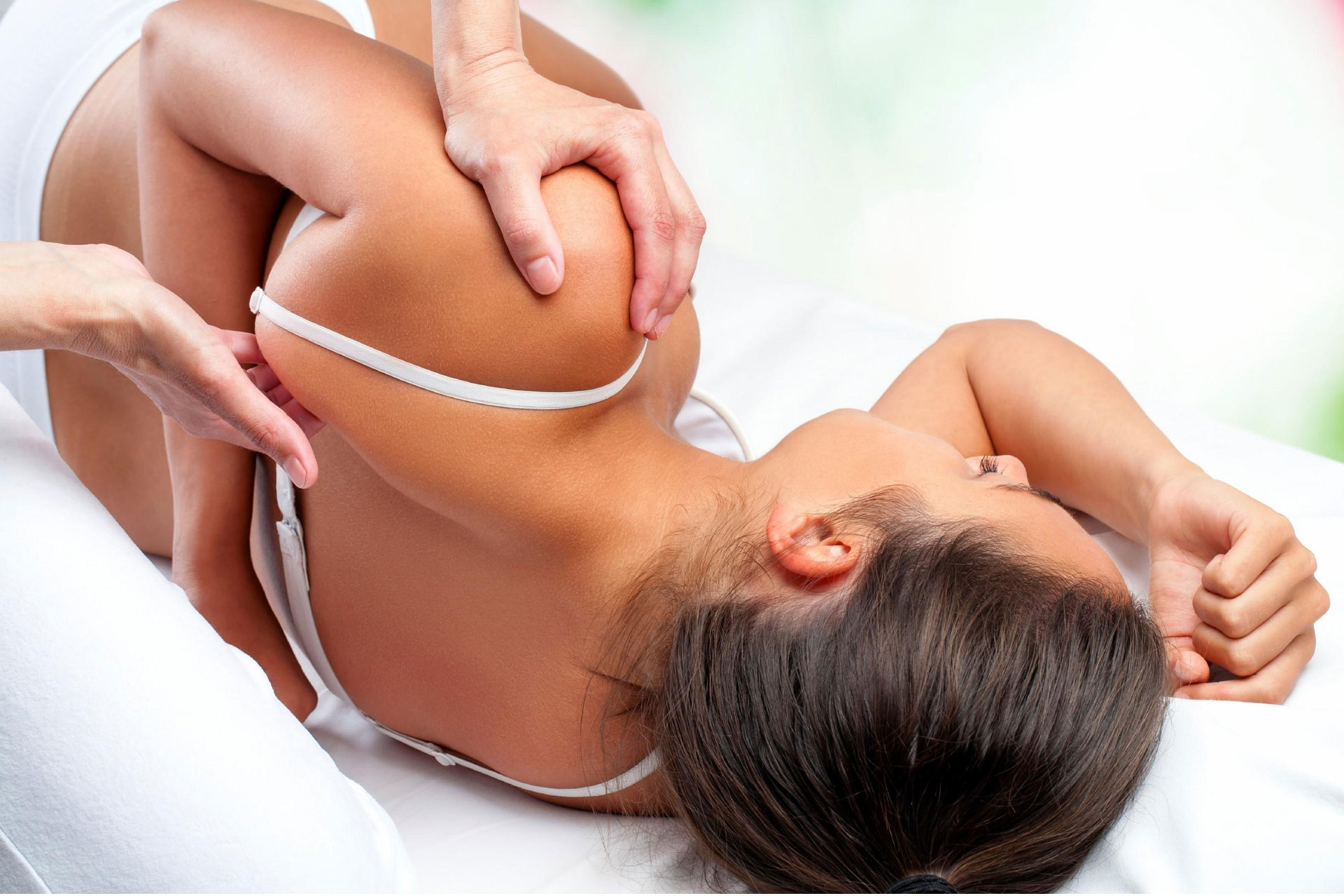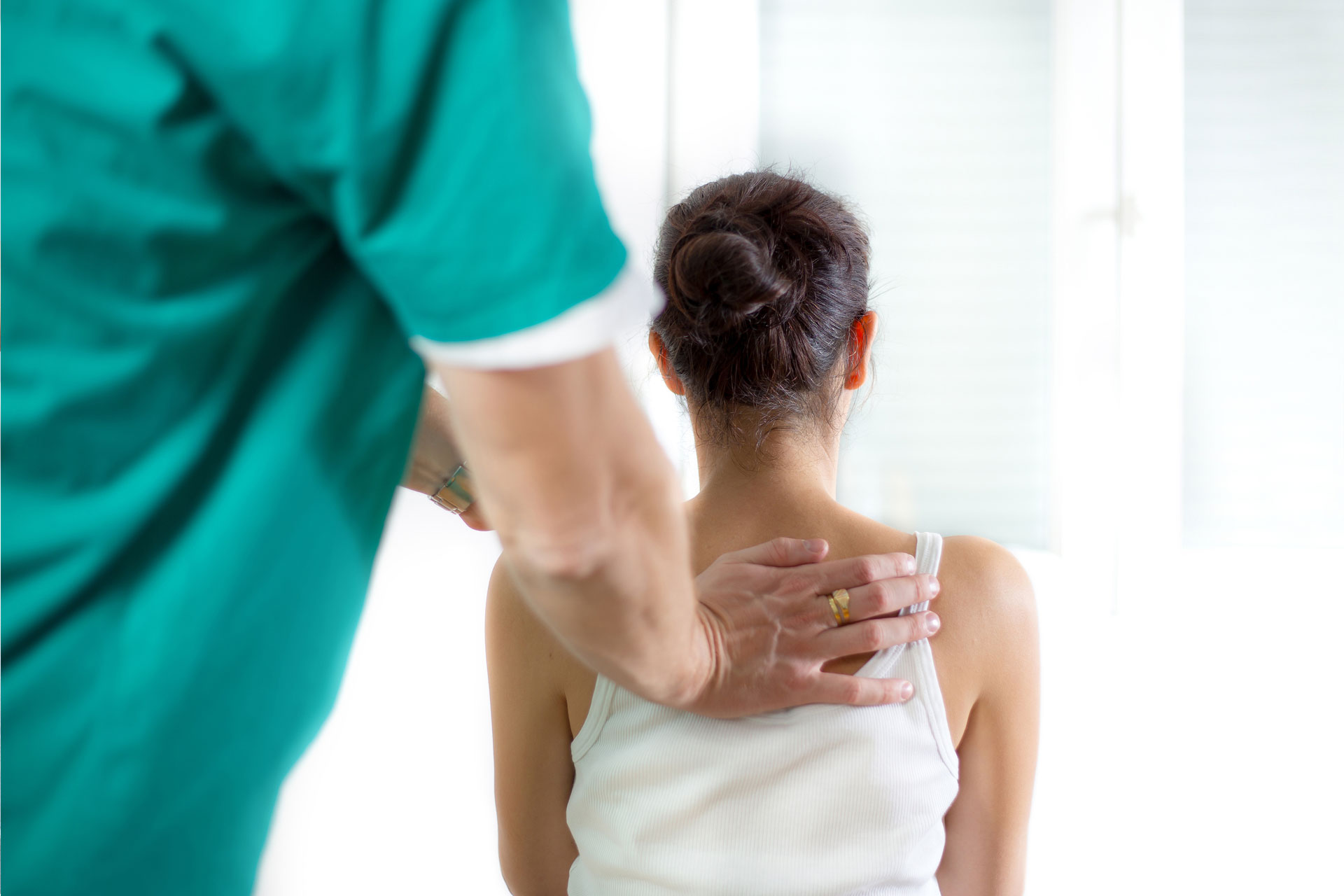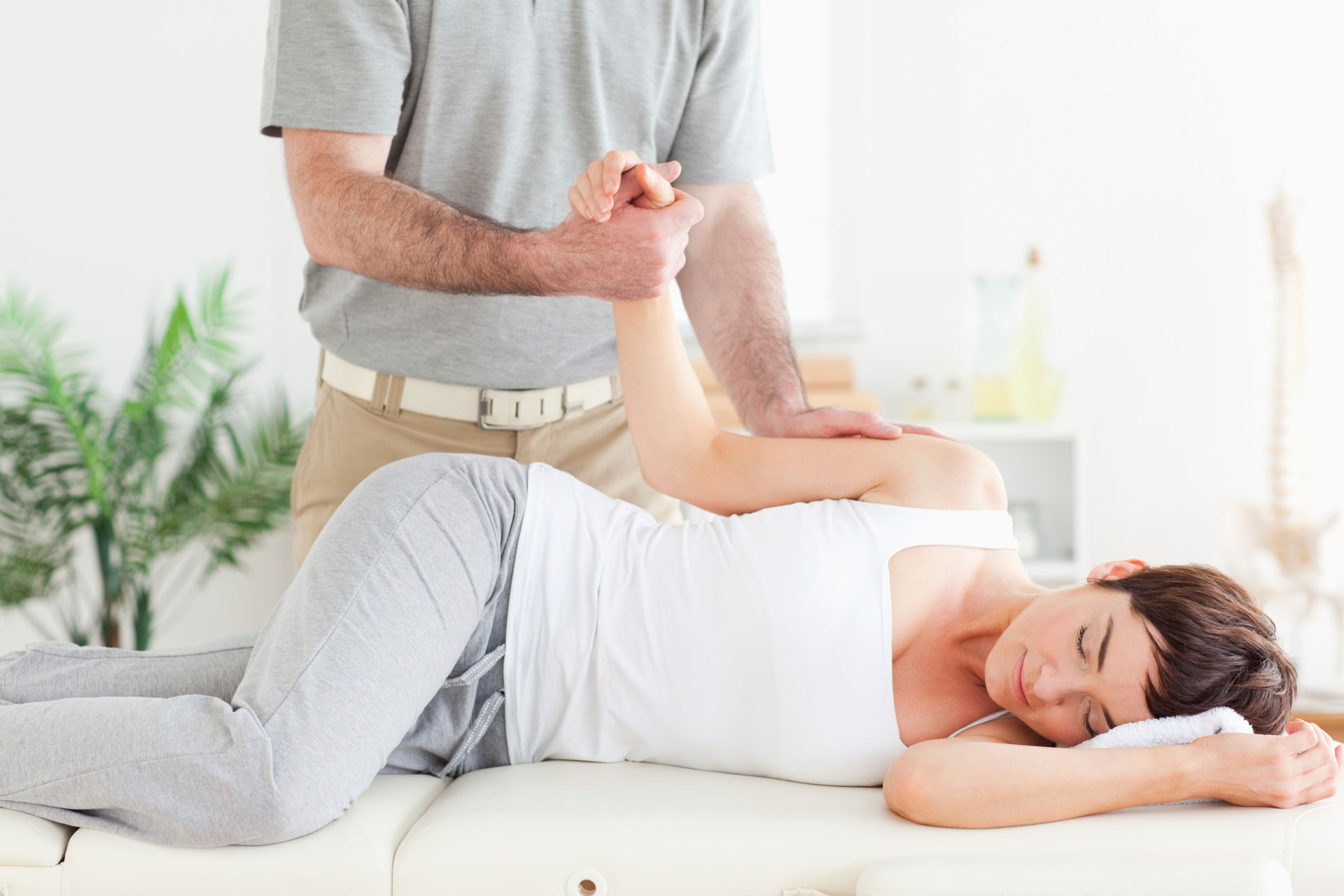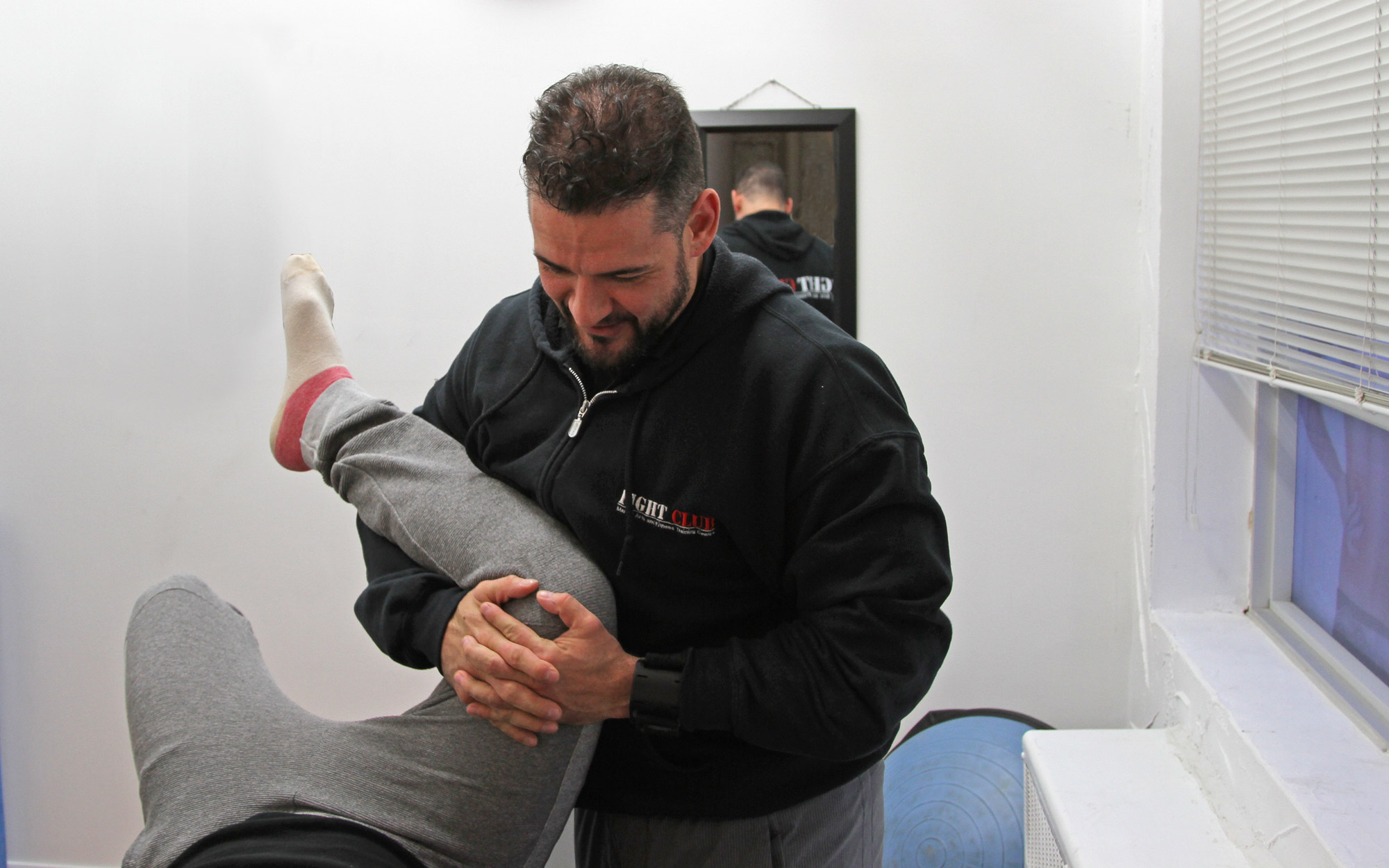The Postural Restoration Institute® (PRI) was established to explore and explain the science of postural adaptations, asymmetrical patterns and the influence of polyarticular chains of muscles. Our mission is based on the development of an innovative treatment that addresses the primary contributions of postural kinematic movement dysfunction.
We are committed to the ongoing search for improved pathways of physical medicine. PRI creates resources, educational opportunities, patient-care programs and research to assist those who wish to maximize their knowledge and skill in respiration, myokinematics, neuromuscular applications and postural imbalances.

The human body is not symmetrical. The neurological, respiratory, circulatory, muscular and vision systems are not the same on the left side of the body as they are on the right, and vice versa. They have different responsibilities, function, position and demands on them. This system asymmetry is a good thing and an amazing design. The human body is balanced through the integration of system imbalances. The torso, for example, is balanced with a liver on the right and a heart on the left. Extremity dominance is balanced through reciprocal function; i.e. left arm moves with right leg and vice versa.

Postural Restoration Institute® (PRI) credentialed professionals recognize these imbalances and typical patterns associated with system disuse or weakness that develops because of dominant overuse. This dominant overuse of one side of the body can develop from other system unilateral overuse. For example, if the left smaller diaphragm is not held accountable for respiration as the right is, the body can become twisted. The right diaphragm is always in a better position for respiration, because of the liver’s structural support of the right larger diaphragm leaflet. Therefore, the left abdominals are always important to use during reciprocal function, such as walking, to keep the torso balanced.

When these normal imbalances are not regulated by reciprocal function during walking, breathing or turning, a strong pattern emerges creating structural weaknesses, instabilities, and musculo-skeletal pain syndromes. Balancing muscle activity around the sacrum (pelvis), the sternum (thorax) and the sphenoid (middle of the head) through a PRI approach best positions multiple systems of the human body for appropriate integrated asymmetrical function. PRI credentialed professionals incorporate reciprocal function to reduce ‘leading’ with the left pelvis and right arm, and respiratory function to maximize airflow in and out of the right lung.
Dr. Joe Vomvas and Modus Health and Performance are one of the only clinics in the GTA to use the Postural Restoration approach in treating certain dysfunctions of the body.
